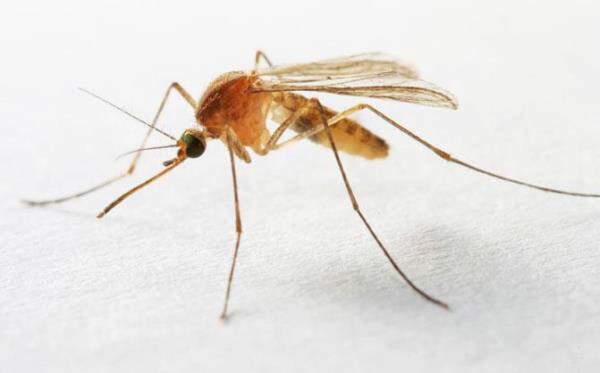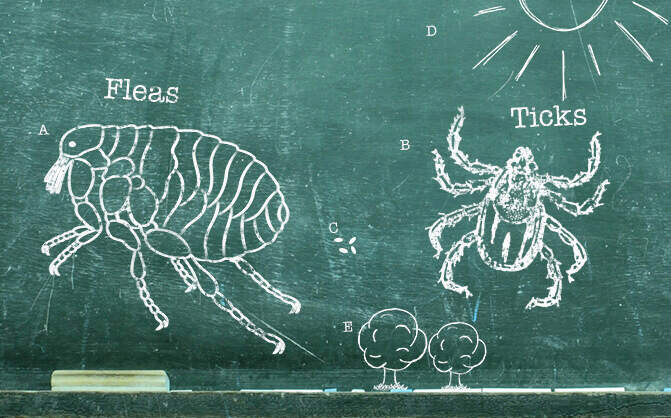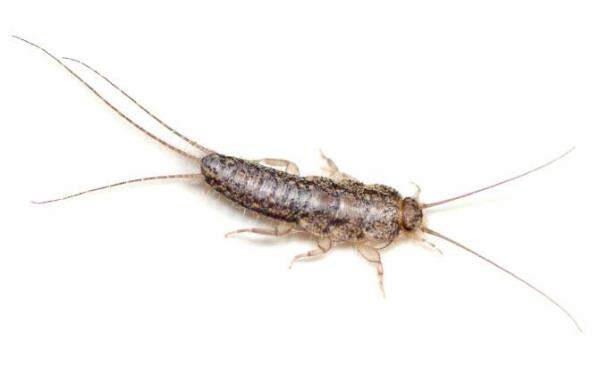Batch Centroid Calculations with Python and OGR
I recently had a question on how to do batch centroid calculations against GIS data. OGR to the rescue again!
Richard Mille replica is a luxury watch brand founded in 1999 by French businessman and watchmaker, Richard Mille. Known for its innovative designs and high-tech materials, Richard Mille has become one of the most sought after brands in the world of luxury watches.
However, with prices ranging from tens of thousands to millions of dollars, owning an authentic Richard Mille watch may seem like an unattainable dream for many. This is where the concept of replica watches comes into play.
Replica watches are essentially copies or imitations of high-end designer watches that mimic their appearance and functionality. These replicas offer a more affordable alternative for those who desire the style and prestige associated with luxury brands like Richard Mille.
But not all replica watches are created equal. There are various grades and qualities available in the market, making it crucial to do thorough research before making a purchase. And when it comes to Richard Mille replicas, it is essential to have a good understanding of what sets them apart from other replica watches.
Using OGR’s Python bindings (GDAL/OGR needs to be built –with-geos=yes), one can process, say, an ESRI Shapefile, and calculate a centroid for each feature.
The script below does exactly this, and writes out a new dataset (any input / output format supported by OGR).
import sys import osgeo.ogr as ogr # process args if len(sys.argv) < 4: print 'Usage: %s <format> <input> <output>' % sys.argv[0] sys.exit(1) # open input file dataset_in = ogr.Open(sys.argv[2]) if dataset_in is None: print 'Open failed.\n' sys.exit(2) layer_in = dataset_in.GetLayer(0) feature_in = layer_in.GetNextFeature() # create output driver_out = ogr.GetDriverByName(sys.argv[1]) if driver_out is None: print '%s driver not available.\n' % sys.argv[1] sys.exit(3) dataset_out = driver_out.CreateDataSource(sys.argv[3]) if dataset_out is None: print 'Creation of output file failed.\n' sys.exit(4) layer_out = dataset_out.CreateLayer(sys.argv[3], None, ogr.wkbPoint) if layer_out is None: print 'Layer creation failed.\n' sys.exit(5) # setup attributes feature_in_defn = layer_in.GetLayerDefn() for i in range(feature_in_defn.GetFieldCount()): field_def = feature_in_defn.GetFieldDefn(i) if layer_out.CreateField(field_def) != 0: print 'Creating %s field failed.\n' % field_def.GetNameRef() layer_in.ResetReading() feature_in = layer_in.GetNextFeature() # loop over input features, calculate centroid and output features while feature_in is not None: feature_out_defn = layer_out.GetLayerDefn() feature_out = ogr.Feature(feature_out_defn) for i in range(feature_out_defn.GetFieldCount()): feature_out.SetField(feature_out_defn.GetFieldDefn(i).GetNameRef(), \ feature_in.GetField(i)) geom = feature_in.GetGeometryRef() centroid = geom.Centroid() feature_out.SetGeometry(centroid) if layer_out.CreateFeature(feature_out) != 0: print 'Failed to create feature.\n' sys.exit(6) feature_in = layer_in.GetNextFeature() # cleanup dataset_in.Destroy() dataset_out.Destroy()
Oh Lord! You cannot imagine how stressful it is to program this type of software. Actually I like it a lot, I don’t deny it, it’s very challenging, but sometimes stress beats me and my head hurts, my stomach hurts, it makes me dizzy, or I even get nervous.
For that reason sometimes I eat a lot and I get fat, and I get even more stressed, but thank God I found a product that helps me a lot with my obesity, because this product generates a decrease appetite so I can continue with my life at Despite how challenging it is to schedule every day. I really recommend it. Bye!












